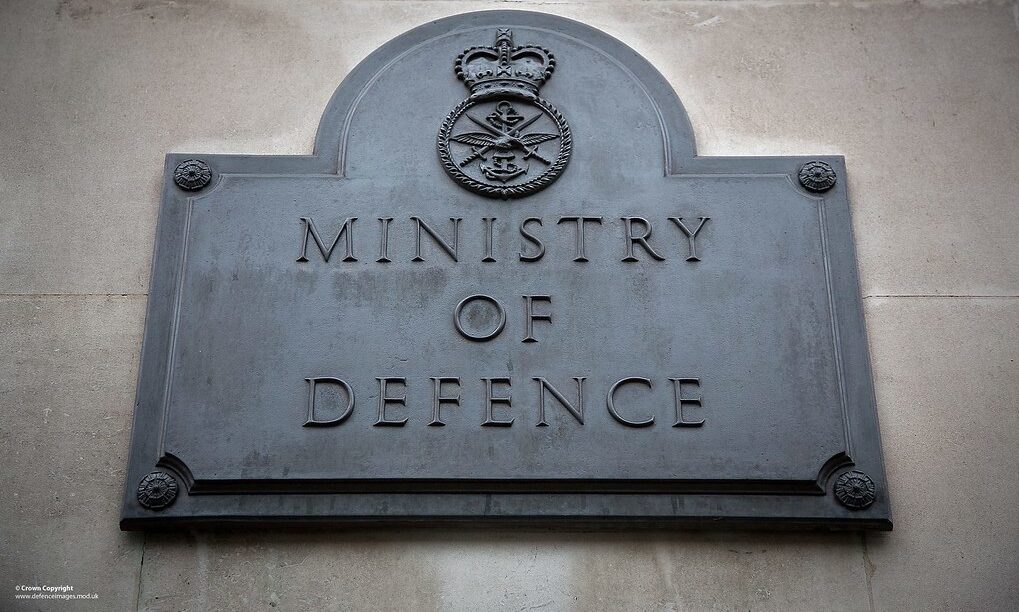As we prepare to bring you the next season on the podcast, it’s worth revisiting our season on Security, Strategy, and Defence.
The series started with Professor Phillips O’Brien discussing his book The Strategists: How War Made Them and How They Made War and ended with Karolina Hird from the Institute for the Study of War discussing Russia’s war of aggression against Ukraine. In this review, we look at some of the key lessons from the series.
Can’t Bluff Bullets
We began the discussion of Professor O’Brien’s book by looking at how the personalities of the various leaders of the Second World War shaped the strategies undertaken by their countries. Roosevelt’s maritime passions created a natural proclivity for the ideas of Alfred Mahan on naval strategy which in turn influenced the scaling up of the US’ navy into the world’s largest. Hitler’s experiences in the trenches of World War I, by contrast, instilled a sense that bigger was better. The result was a German prioritisation of larger, slower tanks that were outmanoeuvred by the Soviets and fighter planes that were unable to deliver operational success against Great Britain. The book, and our conversation, ends by discussing how material factors created limits to the success of the various leaders. While Mussolini had been able to swagger his way into power and onto the world stage, he fell at the end of a noose because his faith in valour over machinery left hundreds of thousands dead. Hitler’s Blitz might have been qualitatively dramatic but it was quantitatively underwhelming.
The role of material allocation in shaping strategy was a point continued in our debate between Dr Andrea Gilli and Dr Sean McFate. The crux of the conversation revolved around Vegetius’ quote: Si vis pacem, para bellum. If you want peace, prepare for war – but how should Europe prepare? Programmes such as the development of the F-35 fighter jets has produced an exclusive, world-renowned, next-generation of jets able to handle a variety of missions while remaining undetected with the capacity of taking out enemy aircraft from beyond the range of human vision. Yet, the trillions were poured into their development and took 18 years between the first prototype being flown and their use in active combat. Crucially, however, they represent an allocation of resources that is bent on preparing for inter-state war. With terrorists, militias, and so-called ‘grey-zone’ conflicts that blend political and digital interference, being so prevalent in the modern strategic environment, are such tools competent in facing down the threats to the UK and Europe?
Armed Politics Means Remembering the Political
This season also tried to showcase the importance of contributions from the field of Feminist Security Studies by discussing war and conflict with Professor Laura Sjoberg and Dr Jenny Mathers. Within their research, and in our discussions, they both showcased how political ideas and structures such as gender have a tangible relationship to conflict. Societal discussions about masculinity and femininity end up manifesting as a disproportionate impact on women in times of war while the threat of war (and the role of men in succeeding at war) is used to provide justification for peacetime social roles. A clear example of this can be found in Putin’s use of language vis-a-vis Ukraine. Constant reference is made to the masculine role Russia must play to ensure that the feminine Ukraine is put in its rightful place (within this discourse, Putin also makes thinly-veiled comments suggesting Russia needs to rape Ukraine).
The conversation with Professor Sjoberg set out and explored the concept of gender before understanding its relationship to conflict. Much of the field is ‘anti-militarist’ in its understanding that war perpetuates and reinforces the gendered divisions we witness in society. Yet, as Ukrainian women can attest, violent opposition is a tangible threat which requires violence to neutralise. Building on Vegetius’ quote, the question was posed to Dr Mathers: If we want a feminist peace, how do we prepare for war?
War, ultimately, is armed politics and the lesson is that all of our politics – to varying extents – influences our understanding of, and approach to, war.
Full-Spectrum Capabilities, Whole-Continuum Impact
Strategic theory sets out the different levels of structures to face organised threats, from the tactical level through the operational level and up to the strategic and finally political level. Famous military thinker Carl von Clausewitz himself made reference to the idea of ‘total war’. Similarly, one of the key tenets of Feminist Security Studies is that the ideas present in individuals, households, and communities legitimise and shape the parameters for decision-making at a national level. The argument is that violence, too, functions along this continuum with war being the largest manifestation compared with, for example, domestic violence at the most local level. Ultimately, Feminist Security Studies argues, they are both manifestations of violence in response to the same gendered insecurity.
If you do read Professor O’Brien’s book The Strategists, it is worth keeping this idea in mind and it was a discussion we held with both Professor Sjoberg and Dr Mathers. Our conversation with Karolina Hird, however, shed greater light on what this means in practice. Karolina had recently published a report with the Institute for the Study of War on Russia’s targeting and theft of Ukrainian children and their potential use as a bargaining chip in current and future negotiations. Towards the end of the podcast, we focused our conversation on how peace processes that focus solely on stopping the firing of guns or on signing treaties between Putin and Zelensky miss the fact that they have not resolved the violence enacted on Ukrainian society. Sustainable peace can only be found with an appreciation of how violence has been enacted across this continuum.
